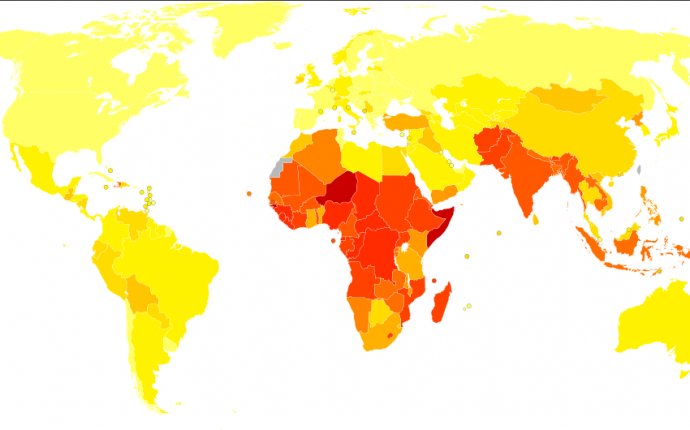
Childhood Syndromes List
How childhood epilepsy syndromes are diagnosed, details of some specific syndromes and sources of further support.
What is a syndrome?
A syndrome is a group of signs or symptoms that happen together and help to identify a unique medical condition.
What is a ‘childhood epilepsy syndrome’?
If your child is diagnosed with an epilepsy syndrome, it means that their epilepsy has some specific signs and symptoms. These include:
An EEG test is painless and it records patterns of electrical activity in the brain. Some epilepsy syndromes have a particular pattern so the test can be helpful in finding the correct diagnosis. An epilepsy syndrome can only be diagnosed by looking at all the signs and symptoms together.
If your child is diagnosed with an epilepsy syndrome it may help the paediatrician (doctor who specialises in treating children) to plan their care. For example, choosing treatment options or deciding whether further tests are needed.
Different types of syndrome
Syndromes can vary greatly. Some are called ‘benign’ which means children become seizure-free (have no seizures) once they reach a certain age. Other syndromes are ‘severe’ and children have seizures which are difficult to control. Anti-epileptic drugs (AEDs) may be tried alone or in combination with each other and some non-drug treatments may also be tried, for example the ketogenic diet. Many children with severe epilepsy syndromes have additional difficulties with learning and behaviour and may need extra support.
Benign rolandic epilepsy (BRE)
This syndrome affects 15% of children with epilepsy and can start at any time between the ages of 3 and 10.
Children may have very few seizures and most become seizure-free by the age of 16. They may have simple focal seizures, (sometimes called simple partial seizures) often at night, which begin with a tingling feeling in the mouth, gurgling or grunting noises and dribbling. Speech can be temporarily affected and symptoms may develop into a generalised tonic clonic (convulsive) seizure. AEDs may not be necessary but they can be helpful to control seizures.
Childhood absence epilepsy (CAE)
This syndrome starts between the ages of 4 and 10 and can affect up to 12% of children with epilepsy under 16. Absence seizures happen frequently and are very brief, lasting only a few seconds. Because of this they often go unnoticed.
During a seizure a child will become unconscious. They may look blank or stare and their eyelids may flutter. They may not respond to what is happening around them or be aware of what they are doing. Seizures respond well to medication. If a child is seizure-free for two years medication is sometimes reduced gradually. Up to 90% of children with CAE will grow out of seizures by the age of 12. Occasionally a child may also have other types of seizure.
Juvenile myoclonic epilepsy (JME)
This syndrome starts between the ages of 12 and 18. Many children have three different types of seizure:
- myoclonic seizures (brief muscle jerks) in the upper body
- tonic clonic seizures
- absence seizures.
These often happen shortly as, or shortly after, the child or young person wakes up. Medication can be successful in controlling seizures, which often continue into adulthood and may become less severe.
Tiredness, stress and alcohol can trigger seizures. Up to 40% of children or young people with JME have seizures that are triggered by flashing or flickering lights (photosensitive epilepsy).
Infantile spasms (or West syndrome)
This syndrome often begins in the first year of life and can affect children who have had a previous brain injury before the age of 6 months. It is identified by brief spasms or jerks which happen in ‘clusters’. Spasms can affect the whole body or just the arms and legs. Each cluster can include between 10 – 100 individual spasms, which often happen when the child is waking up. Ongoing studies are looking at using AEDs and steroids to treat this syndrome, although around 25% of children have spasms that do not respond well to medication. Many children develop problems with learning or behaviour. Some may go on to develop Lennox-Gastaut syndrome.
Lennox-Gastaut syndrome (LGS)
This syndrome usually begins between the ages of 3 and 5, but can start as late as adolescence. Children may have several different types of seizure with this syndrome. These include tonic (where the muscles suddenly become stiff), atonic (where the muscles suddenly relax), myoclonic, tonic clonic and atypical absences. Atypical absences often last longer than normal absences and are different as a child may be responsive and aware of their surroundings.
Many children also develop learning difficulties as well as behaviour problems.
This syndrome can be very difficult to treat with AEDs, and most children need a combination of different drugs. Some non-drug treatments such as the ketogenic diet and vagus nerve stimulation therapy (VNS) can also be helpful. Seizures often continue into adult life.
Who can I talk to?
If your child has been diagnosed with a childhood epilepsy syndrome you may have concerns or questions. You can get information and advice from a paediatrician with an interest in epilepsy or a paediatric neurologist. Support may also be available through an epilepsy specialist nurse, counsellor, support group or helpline.
Some people find it helpful to talk to friends or family about their child’s epilepsy. You might find it helpful to speak to other parents. Support groups and online forums can be a useful way to share your experiences.









